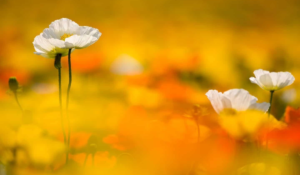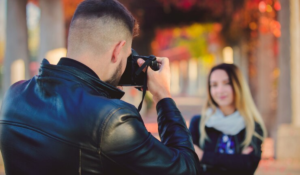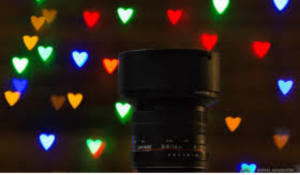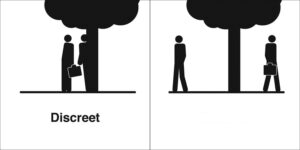Bokeh: A Photographer’s Guide – Unlocking the Magic of Background Blur

A photographer’s term of reverence, bokeh, can transform an ordinary image into something extraordinary. In order to capture compelling photographs, photographers need to understand exactly what bokeh is. Uncover the secrets of bokeh by diving into its enchanting world.
1. Bokeh – what is it?
Known as bokeh, it is the aesthetic quality of background blur achieved by shallow depth of field in a photograph. In this case, it is not just a blur; it is the rendering of out-of-focus points of light into soft, pleasing shapes, adding depth and appeal to the picture. The use of bokeh in portrait and nature photography creates a sense of intimacy and focus by isolating the subject from distracting backgrounds.
2. A Brief History of Bokeh
Bokeh is a Japanese term that means blur or haze. To prevent mispronunciations, photographer Mike Johnston added the “h” in 1997. An understanding of the origin of the word enhances the concept of bokeh.
3. Pronunciation of Bokeh

The Japanese pronunciation of bokeh is “boh-kay.” It sounds like bone and Kenneth when pronounced as “boh-kay.” It is easy to misspell boke, bo-kay, and bo-kuh, but mastering the correct pronunciation makes your photography more authentic.
4. Photographs with bokeh

In photography, bokeh is produced by using a shallow depth of field, which can be achieved by changing aperture, adjusting distance to the subject, or switching lenses. Large apertures create more pronounced bokeh, while smaller apertures produce less blur. In the background, points of light become soft, blurred shapes, enhancing the image’s composition.
5. Bokeh: A Step-by-Step Guide
There are several factors to consider when achieving stunning bokeh:
-
Make sure your lens has a wide aperture (e.g., f/2.8 or wider).
-
Make the aperture as wide as possible to create a shallow depth of field.
-
Focus on the subject, keeping the background away from the camera.
-
The bokeh effect can be enhanced by using a longer lens.
-
Bring interesting light points into the background for bokeh shapes that are pleasing to the eye.
6. Bokeh mistakes to avoid
It is important to avoid certain pitfalls when using bokeh in your photographs, however:
-
You should avoid excessive bokeh in your images, which can clutter the image and detract from the main subject.
-
Avoid distractions from dirt or dust by keeping lenses and sensors clean.
-
Make sure the bokeh effect is smooth, especially when taking photos under low light conditions.
7. Software-generated faux bokeh

Using software, photographers can simulate bokeh effects in the digital age:
-
The portrait mode on smartphone cameras often mimics bokeh.
-
The latest photo editing software offers tools for digitally creating lens blur.
-
It may not be as accurate as optical bokeh, but these methods offer a convenient alternative for amateurs.
8. Bokeh with custom shapes

The possibilities for creative bokeh effects with custom shapes are endless:
-
By filtering light before it enters the lens, you can modify the bokeh shapes.
-
Using paper filters with custom cutouts, you can create unique bokeh effects.
-
Using different shapes and light sources can produce visually striking and innovative effects.
In conclusion
The art of bokeh photography goes beyond its technical aspects; it shows the artistry and creativity of the photographer. A photographer can unlock new avenues of expression and storytelling in their work by understanding its principles and techniques. Watch your photographs come to life with depth and allure when you embrace the magic of bokeh next time you’re behind the lens.



